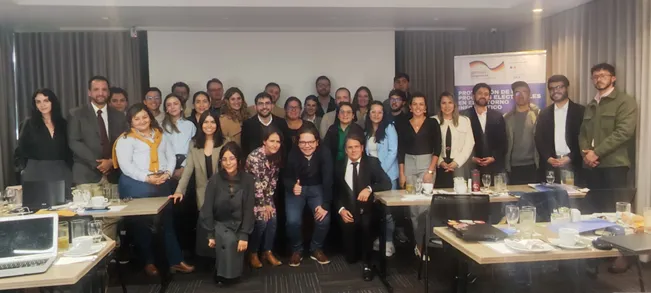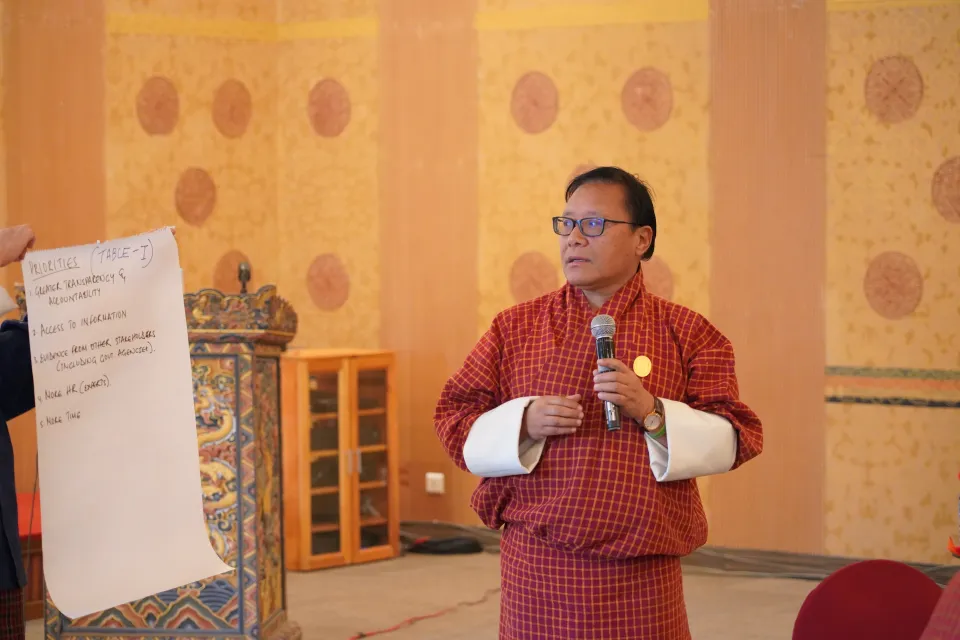In April 2014, Peru expanded the ‘indigenous quota’ which now provides that at least 15 per cent of candidates on electoral lists for regional and provincial elections in certain areas of the country must be representatives of the original peoples. In the lead up to the decision, International IDEA worked jointly on this issue with the Ministry of Culture and the National Elections Board (Jurado Nacional de Elecciones, JNE).
This reform increased the use of the indigenous quota from 13 to 18 departments for elections at both levels of government. In regional elections, the quota will apply to 44 provinces (up from 34), while for provincial elections, it will apply to 95 provinces (it formerly applied in 30).
This measure is expected to increase the number of representatives of original peoples elected to public office, giving them greater representation in decision-making positions in regional and provincial governments.
This major step forward started with roundtable discussions in 2012 that included leaders of original peoples, the JNE and International IDEA; and the launch of the book, Indigenous Participation in Elections and the Native Quota in Peru: Contributions to the Debate (Participación electoral indígena y cuota nativa en el Perú. Aportes para el debate). The Ministry of Culture, which is responsible for intercultural policies, subsequently joined the effort. International IDEA contributed comparative experiences and an analysis of the situation, and its assistance played a crucial role in shaping the positions of the two government bodies.

Representatives of the Ministry of Culture, the National Elections Board (JNE) and IDEA discuss progress and challenges related to the indigenous quota for the 2014 regional and provincial elections. (November 2013)
For regional elections, the new distribution of the indigenous and campesino community quota will apply in the provinces of Bagua and Condorcanqui (Amazonas); Carhuaz, Huari, Huaylas and Yungay (Ancash); Caylloma and La Unión (Arequipa); Abancay and Andahuaylas (Apurímac); Huamanga, Huanta and La Mar (Ayacucho); Chota and Cajamarca (Cajamarca); and Chumbivilcas, La Convención and Paucartambo (Cusco); Huancavelica and Tayacaja (Huancavelica); Huamalíes, Pachitea and Puerto Inca (Huánuco); Chanchamayo and Satipo (Junín); Alto Amazonas, Datem del Marañón, Maynas and Loreto (Loreto); Manu and Tahuamanu (Madre de Dios); Oxapampa (Pasco); Azángaro, Chucuito and Puno (Puno); Lamas and Rioja (San Martín); Atalaya and Padre Abad (Ucayali); Ica and Palpa (Ica); and General Sánchez Cerro and Mariscal Nieto (Moquegua).
The quota will be applied in the next regional and provincial elections, which are scheduled for 5 October 2014.

Presentation of the book Participación electoral indígena y cuota nativa en el Perú by the JNE and IDEA. Panelists: Iván Lanegra, Vice Minister of Intercultural Affairs, Ministry of Culture; Congressman Hugo Carrillo; Milagros Suito, JNE official; Alicia del Aguila, IDEA; and Margarita Díaz, expert on quotas. (October 2012)



